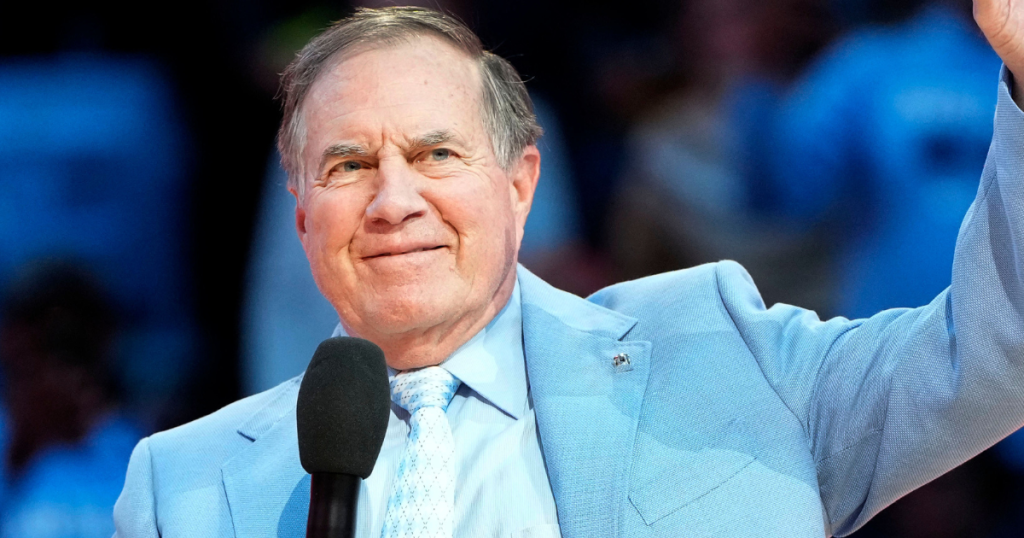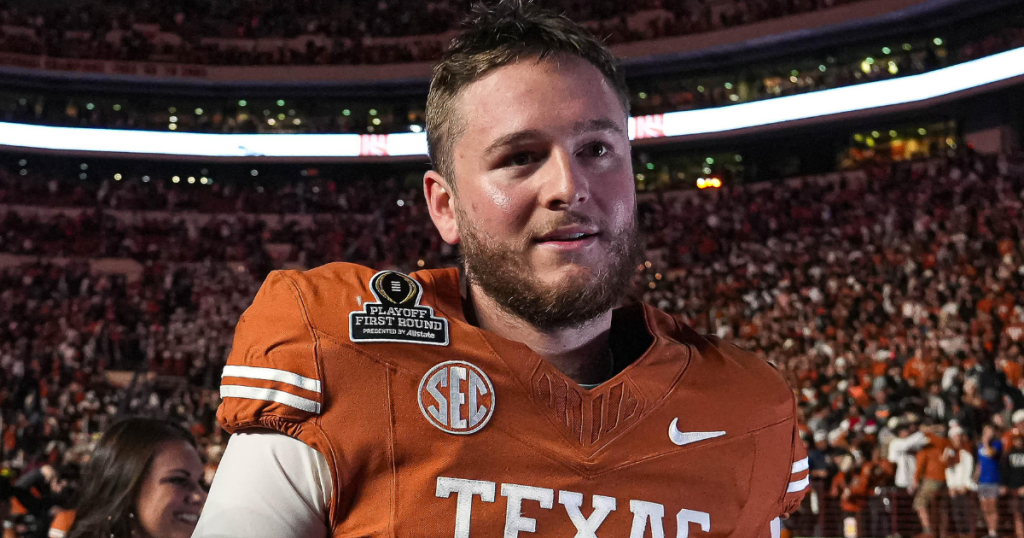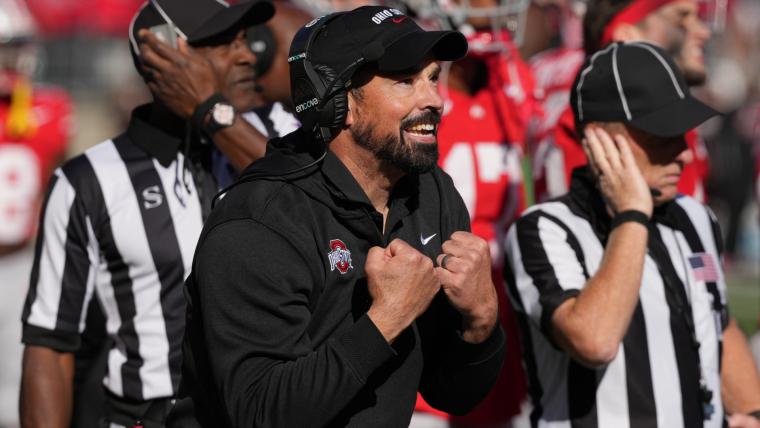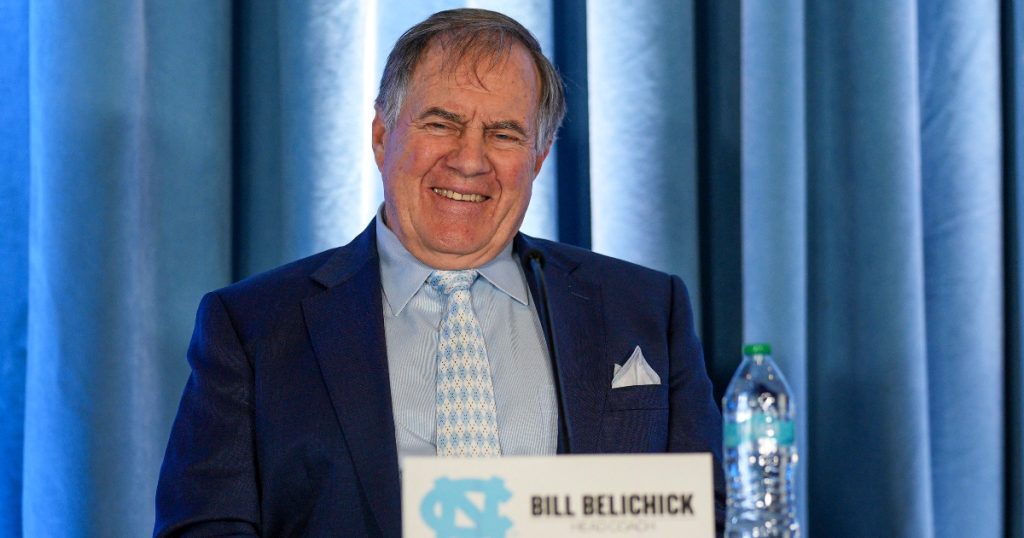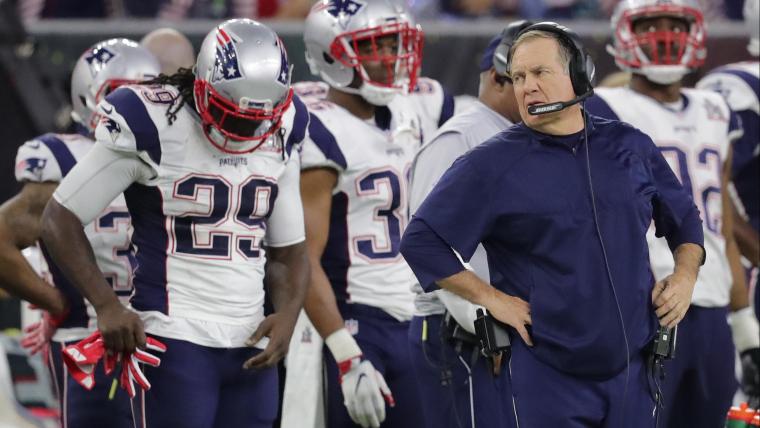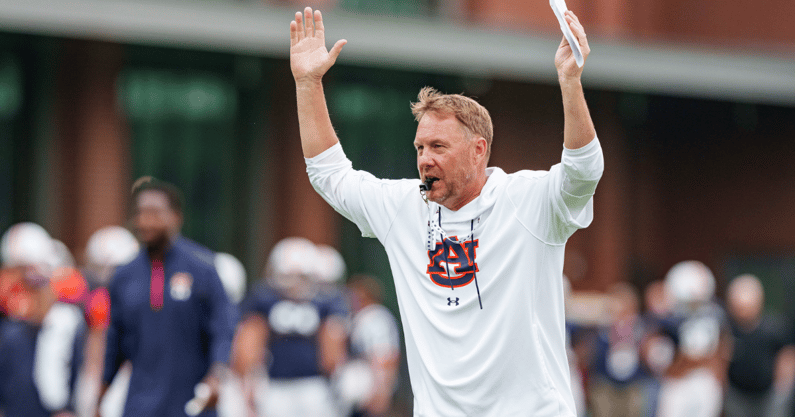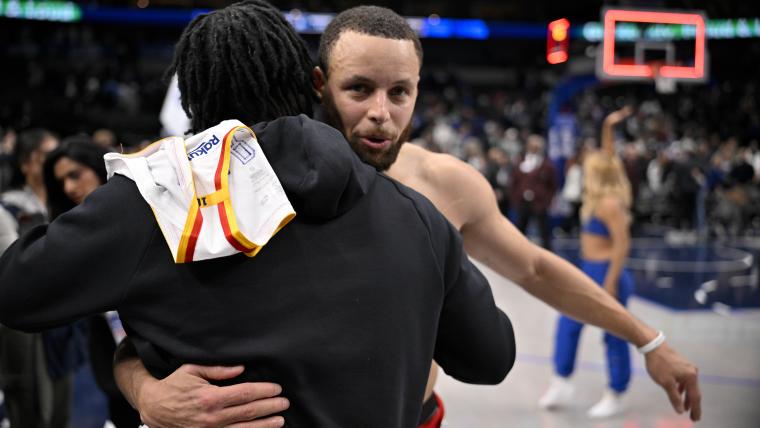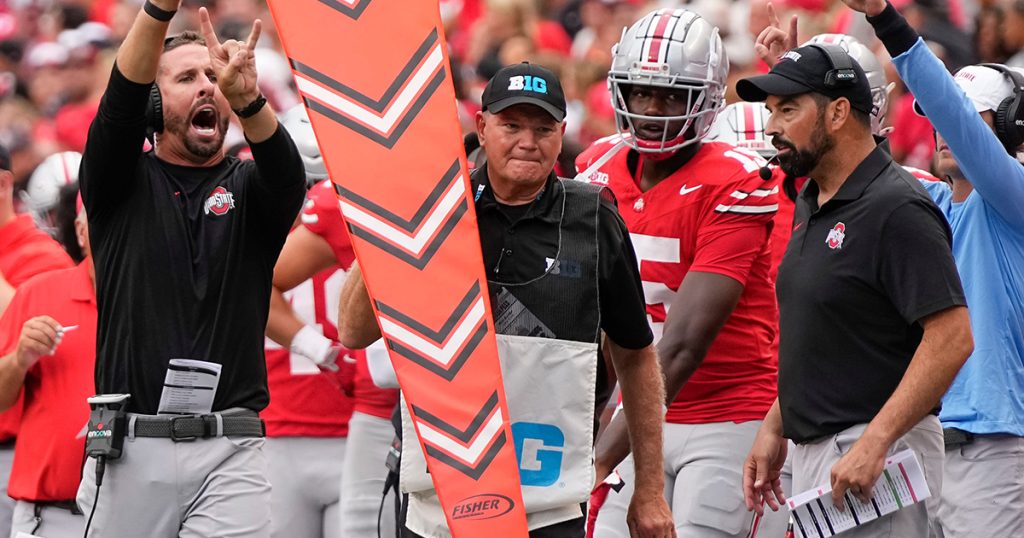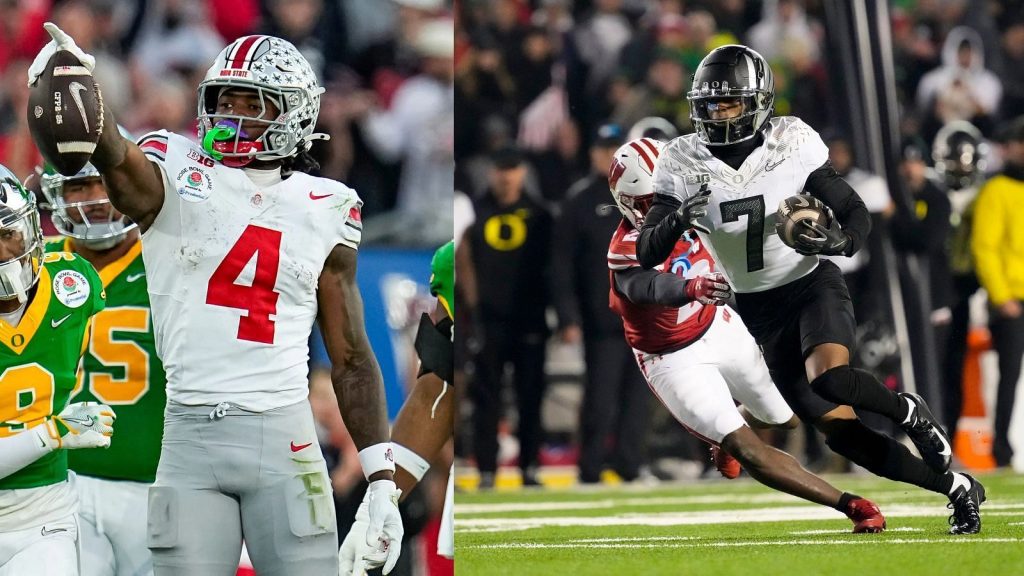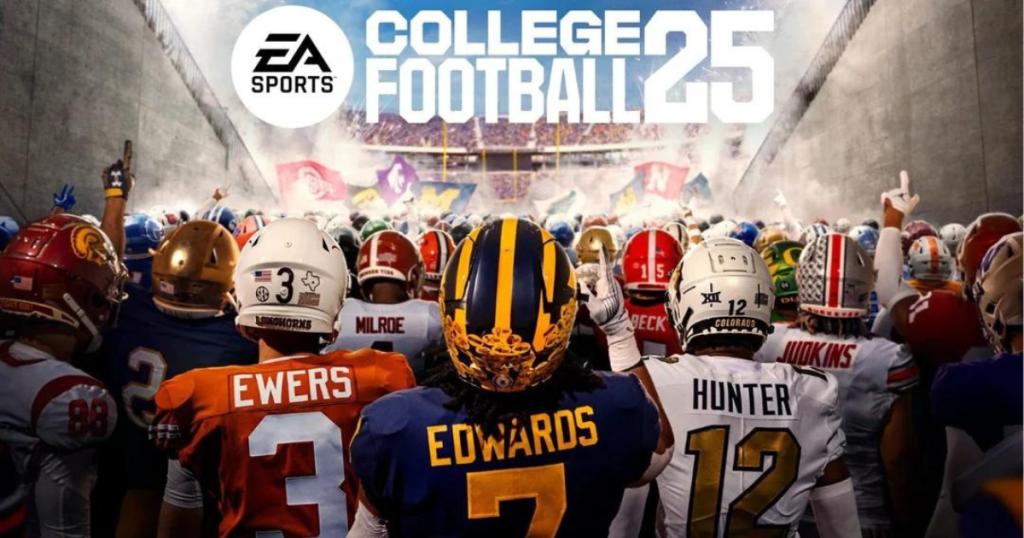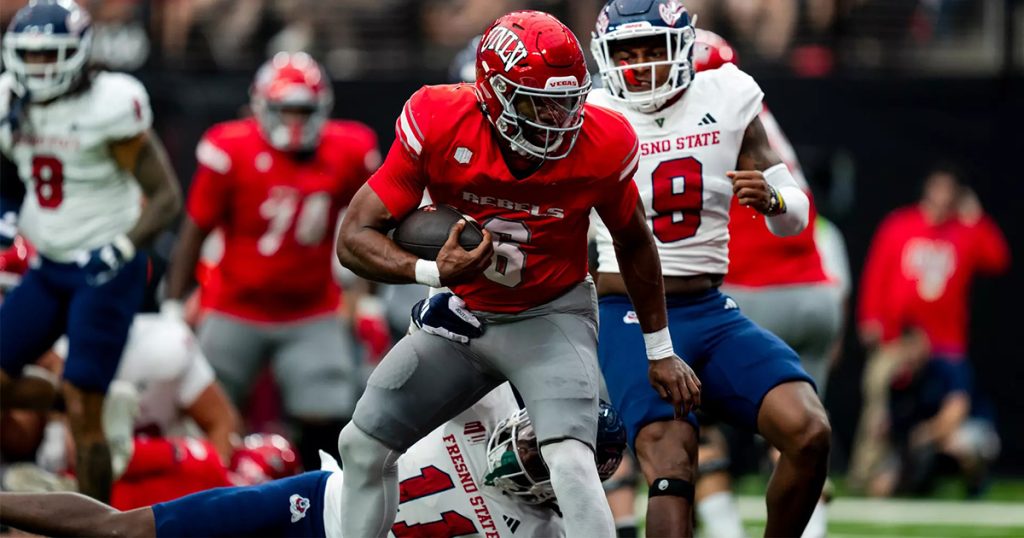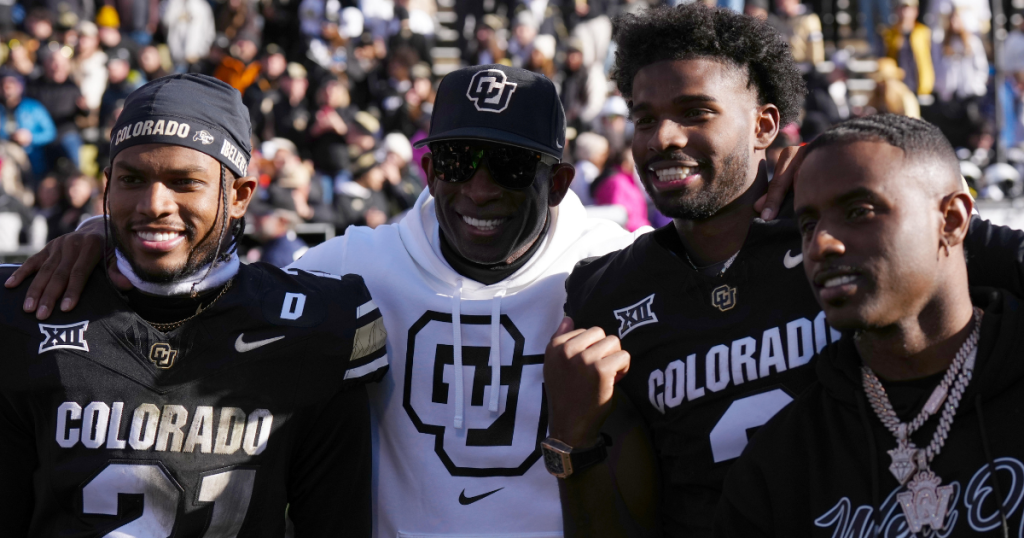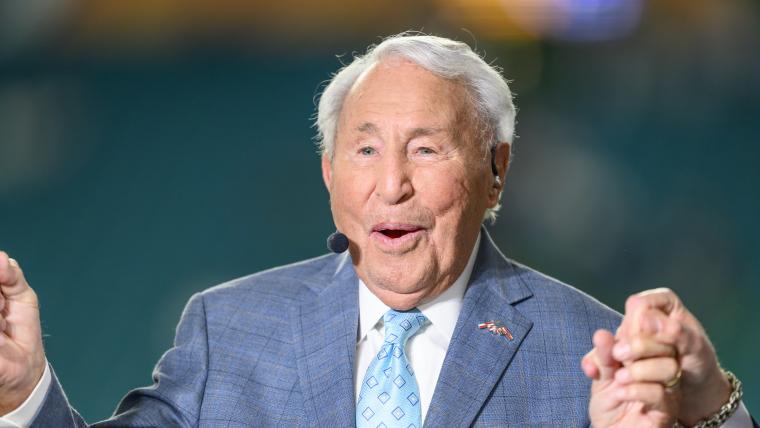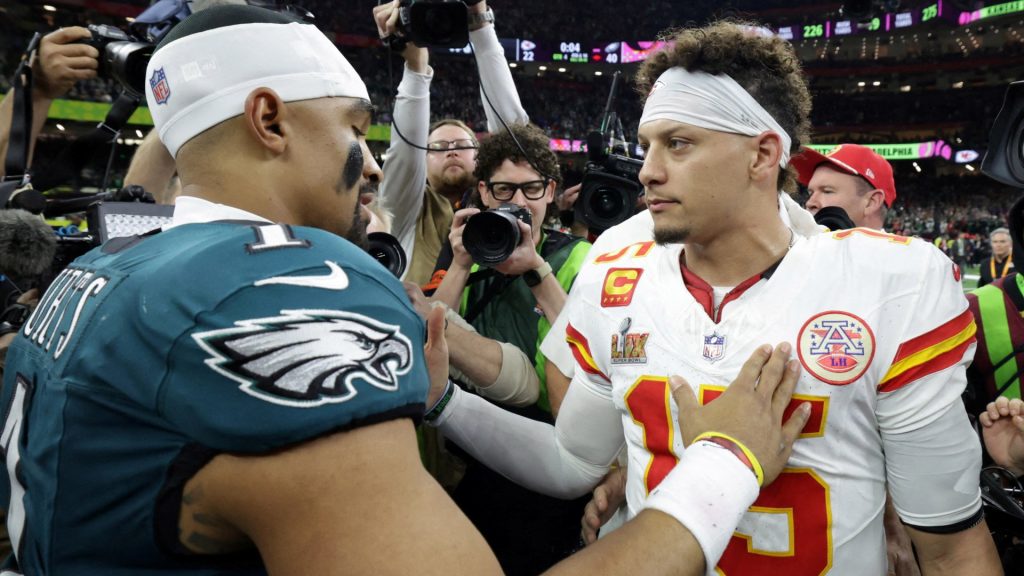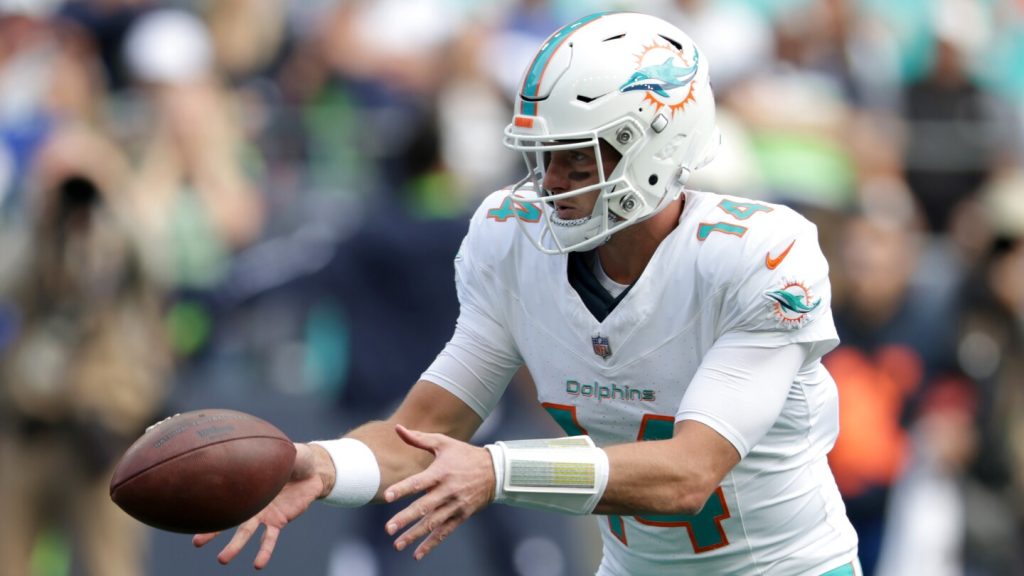One of the most captivating narratives unfolding in college football over the next couple of years revolves around how Bill Belichick, alongside his NFL-savvy staff, will tackle the complexities of the Name, Image, and Likeness (NIL) landscape. With the college football world rapidly evolving, even the most seasoned coaches are feeling the pressure to adapt. But can Belichick’s extensive NFL experience provide a roadmap for success in this new era?
Understanding the Challenge of NIL
The NIL era has introduced a seismic shift in how college football operates. Coaches now face the daunting task of not only recruiting top talent but also managing the financial aspects tied to those recruits. The question arises: how do you fairly distribute funds among players? This is a challenge that North Carolina general manager Michael Lombardi recently discussed on The Pat McAfee Show, shedding light on the potential strategies Belichick might employ.
Lombardi likened the NIL situation to the NFL draft, emphasizing that different players command different values based on their potential impact. “You know, the draft is money, OK? When you say that a guy is going to be an immediate starter and impact the team, that’s a top-10 pick, and that top-10 pick makes X amount of dollars,” he explained. This perspective underscores the need for a structured approach to NIL payouts, which could be a game-changer for Belichick’s program.
Creating a Structured Approach
So, how can Belichick and his team create a sustainable model for NIL compensation? Lombardi believes that establishing a clear structure is essential. “Whenever you have a salary cap, you have to have a value,” he noted. This means that enticing young high school prospects requires a thoughtful financial strategy. “But there has to be kind of a ceiling on what you can give them,” he added, drawing a line between responsible spending and reckless financial decisions.
This structured approach not only helps in attracting talent but also in maintaining harmony within the team. Lombardi emphasized the importance of avoiding arbitrary payouts that could disrupt team cohesion. “If you randomly just give out I’m paying this guy $750,000, I’ll pay this guy a million, then all of a sudden you don’t have any continuity within your program,” he cautioned.
Managing Player Expectations
As Belichick steps into this uncharted territory, one of the critical questions is whether he can effectively manage the egos that come with financial incentives. College football players are not just athletes; they are individuals with aspirations, expectations, and sometimes, inflated egos. This is where communication becomes paramount.
Lombardi shared insights into how Belichick plans to navigate these waters. “We’ll bring young players in that we recruit. We’ll pay them,” he stated, highlighting the importance of transparency. “But it’s on speculation, right? And there’s going to be a number.” This approach emphasizes that performance will dictate earnings, creating a merit-based system that could resonate well with players eager to prove themselves.
The Importance of Performance-Based Compensation
A performance-based compensation model could be the cornerstone of Belichick’s strategy. Lombardi elaborated, “There’s going to be a scale. You know, you come in, you earn this. If you start to play, you’re going to earn more based on how you start.” This method not only incentivizes players to perform at their best but also fosters a competitive environment where hard work is rewarded.
Imagine a scenario where a freshman comes in, eager to make a name for themselves. Under this system, they know that their efforts on the field will directly impact their financial rewards. This could lead to a more motivated roster, where every player understands that their contributions are valued.
Looking Ahead: Belichick’s Vision
As the college football landscape continues to evolve, all eyes will be on Belichick and his team. The question remains: can he adapt his NFL strategies to the college game? Lombardi believes that with the right framework in place, Belichick can indeed find success. “My door’s going to always be open for conversations because that’s the way it is,” he stated, emphasizing the need for ongoing dialogue with players.
This open-door policy could foster a culture of trust and accountability, essential for navigating the complexities of NIL. Players will feel valued and heard, which can go a long way in maintaining team morale and unity.
In summary, the intersection of NIL and college football presents both challenges and opportunities. With a structured approach to compensation, a focus on performance, and effective communication, Bill Belichick could very well lead the charge into this new era. As fans, we can only watch with anticipation to see how this legendary coach adapts to the ever-changing landscape of college football. Will he emerge as a pioneer in managing NIL, or will the complexities prove too daunting? Only time will tell, but one thing is for sure: the excitement surrounding this transition is palpable.

